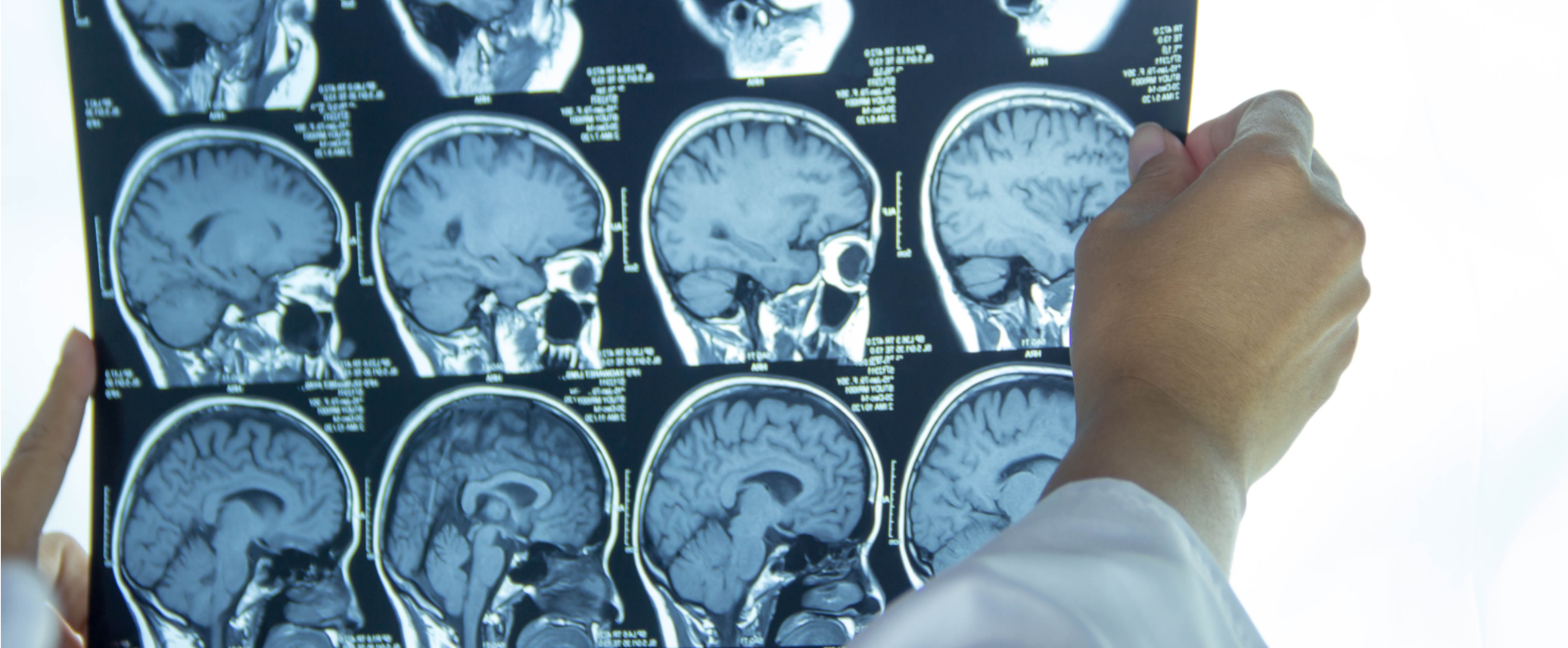A Parkinson’s disease diagnosis requires confirmation by a clinician of core movement problems. The key signs are slower than normal leg, arm or hand and finger movements that actually decline in strength or show hesitations once initiated. There must also be rigidity in limb or neck muscles and / or a hand or leg tremor when fully resting.
By the time of diagnosis, however, most individuals will already have a more complex, dynamic neurodegenerative condition. That is, many other neural systems are also being affected, not just the motor system. The prime culprit is a change in the molecular behaviour and function of a protein, called alpha-synuclein, in the brain’s neurons. This problem gradually occurs in many brain systems, even before the core motor diagnosis. There are often additional pathologies, which also impact various “non-motor” brain circuits. This complex problem demands intensive research.
As one might expect, such diverse brain changes mean that there will often be some decline in memory and thinking, that is, in the person’s mental or “cognitive” health. Sometimes the change in cognition is worse than one might expect for the person’s age. Here, the person has “Parkinson’s with mild cognitive impairment”. Unfortunately, for some, their cognition continues to worsen significantly. They become unable to plan and think independently. Organising everyday activities becomes progressively impossible. At this point, the person will receive the additional diagnosis of “Parkinson’s with dementia”.
Support from the Neurological Foundation has been absolutely critical in helping our research team at the New Zealand Brain Research Institute to study and raise awareness of these “non-motor” issues in Parkinson’s. Our work involves collaboration with other New Zealand colleagues as well as a multinational consortium of researchers.
It’s a global endeavour. We have shown that about half of patients with mild cognitive impairment are at increased risk of dementia in the immediate future. The question is, how do we better define those at risk in the immediate future and how can we help them?
Funding from the Neurological Foundation has also enabled our research team to assess patients using an array of different brain imaging, including advanced Magnetic Resonance Imaging (MRI) and Positron Imaging Tomography (PET). This has provided a rich database from our Christchurch longitudinal study on Parkinson’s. We are looking for brain biomarkers that might tell us which patients are, or are not, at risk of future dementia. For example, we now have some insight into which cognitive weaknesses at one point in time are predictive of significant cognitive decline in the future. So, we are now studying the brain markers associated with these cognitive changes. We also take blood samples to uncover genetic factors that may be relevant. The overall goal is to forecast a patient’s trajectory, help facilitate planning, and enable suitably targeted clinical intervention trials.
In 2020, the Neurological Foundation is funding an extension to our work. Normal brain function relies on complex interactions between widely distributed brain structures. A fundamental signature of this activity is the expression of electrical signals in the brain as different regions coordinate their activity to support everyday functions. Such brain activity occurs even if you are “resting but awake”, not doing anything in particular. This procedure is especially useful as cognitive impairment may make formal tasks less feasible in some. We record the brain’s electrical activity from a group of sensors resting on the person’s scalp. Such Electroencephalogram (EEG) recording has a long history in neurology. We will now apply this EEG technology to learn about the diversity of brain signals in our Parkinson’s patients. What’s new is that we will marry the EEG recording with the person’s own brain MRI. This gives more precise locations of the sources of the signals, and their interactions, than was previously possible. In this way, we can learn about the differences among patients and whether these EEG signals provide new functional biomarkers for cognitive health. Future funding will enable us to follow patients over time, so that the predictive value of this new information can improve our understanding of Parkinson’s disease.
By Professor John Dalrymple-Alford
 |
|
Professor John Dalrymple-Alford is the Co-Director of the Christchurch Dementia Prevention Clinic. He is a Professor of Psychology at the University of Canterbury and the New Zealand Brain Research Institute in Christchurch. John’s research interests cover both behavioural neuroscience, where his main focus concerns recovery of function in thalamic lesion models of diencephalic amnesia, and human neuropsychology, particularly cognitive and MRI changes in patients with Parkinson’s disease.






